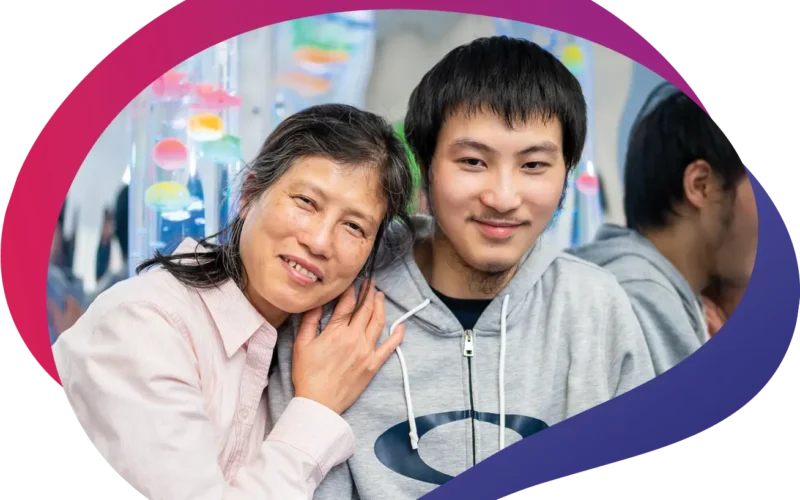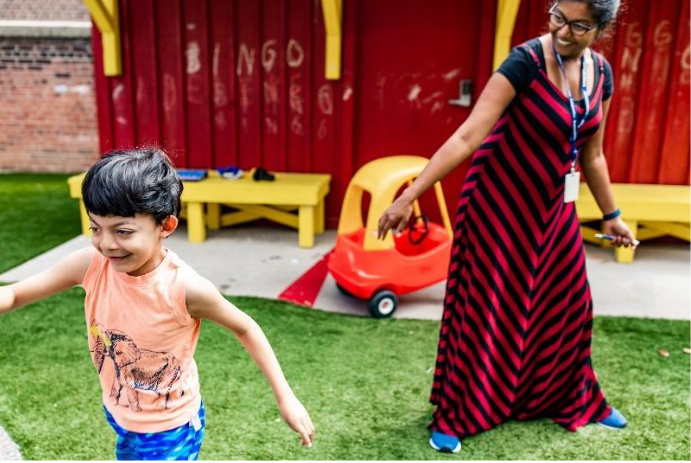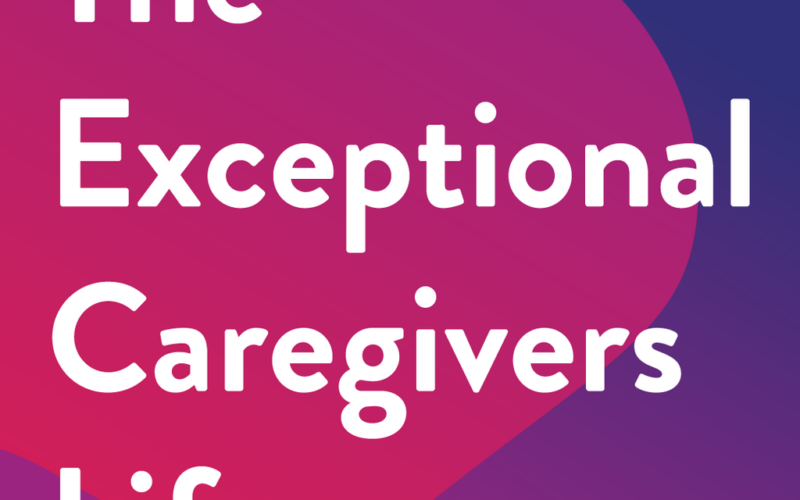As a parent, finding the right therapy for your child can feel overwhelming. You want something that meets their unique needs while supporting their growth in meaningful ways. At Surrey Place, we understand these concerns, and that’s why we offer ABA Group Therapy – a suite of services that foster growth in a supportive, social environment.
We caught up with our Autism Director, Dr. Nancy Freeman, to learn more about the key benefits of ABA Group Therapy and answer some common questions from families.
What is ABA Group Therapy?
Dr. Nancy Freeman: ABA Group Therapy offers children a structured, engaging environment to build essential life skills. It’s more than just learning – it’s about building relationships, improving social interactions, and gaining confidence through peer engagement.
What’s the difference between individual ABA therapy and group ABA therapy?
Dr. Freeman: In our individual ABA therapy, children work with one of our dedicated therapists in one-on-one sessions. This individualized interaction is for children who are not yet group-ready to work on skill domains in a completely customizable service, allowing them to work on goals at their own pace.
Our ABA Group Therapy sessions, on the other hand, are offered in small group environments and are great for children and teens who learn well in social settings. Regardless of what you choose, your child will be building essential skills and growing in confidence and independence.
What are the benefits of ABA Group Therapy?
Dr. Freeman: There are many benefits of group therapy! Some of the key ones include:
- Social skill development – Children interact with peers, learning valuable social skills like turn-taking, listening and responding, and problem-solving. These skills help foster positive relationships both in the group and beyond.
- Confidence-building – Our small group settings provide a safe space for children to practice new skills and build their confidence. Over time, they’ll gain confidence as they learn to successfully navigate social situations with their peers.
- Fun and engaging learning – Our ABA Group Therapy sessions are designed to be interactive and fun, ensuring that our children stay motivated and engaged throughout the sessions.
What types of group services are available within ABA Group Therapy?
Dr. Freeman: We offer a wide range of fun and engaging group services for different ages that are designed to meet your child’s needs and developmental goals. Currently, for the winter season, some of our group services include:
- Children’s Friendship Training where kids can practice making friends, building good sportsmanship and navigating conflict and disappointment;
- Coding & Robotics where children explore creative science ideas, learn to solve problems independently, identify multiple solutions and explain findings to a group of peers; and
- Getting Ready for Group where children learn how to make requests for preferred items, self-regulate during transitions, and begin to participate in activities with peers.
Explore the full list of group services at ABA Group Therapy – Surrey Place.
How long has ABA Group Therapy been in practice?
Dr. Freeman: ABA group services have a long-standing history. These services are grounded in the evidence-based techniques of Applied Behaviour Analysis, which has over 60 years of peer-reviewed studies demonstrating its effectiveness.
How do I know if ABA Group Therapy is right for my child?
Dr. Freeman: Every child’s needs are unique and we’re here to help you figure out what might be the right fit. If your child could benefit from structured, peer-based learning in a nurturing environment, ABA Group Therapy may be the perfect solution. We’re here to support you and your family every step of the way!


